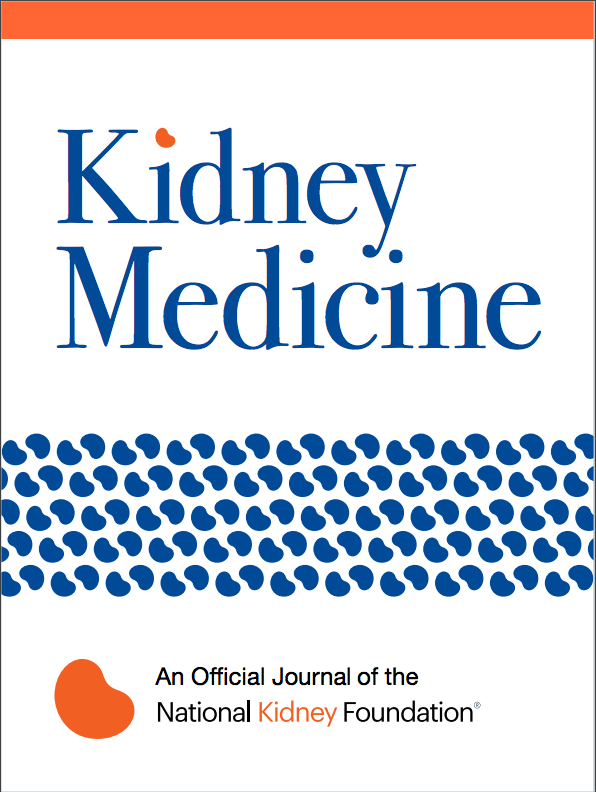In the contemporary landscape of medical research, access to published articles has evolved dramatically. The advent of the internet has democratized knowledge, allowing readers to explore scholarly work without incurring exorbitant costs—figuratively, without needing to “sell a kidney.” Herein, we delineate various avenues through which one can access published medical research, elucidating the types of content readers may encounter.
To commence, the realm of open-access journals has burgeoned. These journals diverge from traditional publishing models by allowing readers unrestricted access to research articles without payment. As the paradigm shifts, noteworthy platforms such as PLOS ONE and BioMed Central have emerged, operating on the premise of author-side financing. Readers can anticipate a diverse array of content, ranging from novel findings in clinical trials to systematic reviews encompassing vast swathes of literature. Such richness in diversity is invaluable for practitioners and researchers alike, as it enables engagement with a multitude of perspectives within the medical community.
Another significant avenue worth exploring is institutional repositories. Many academic insitutions maintain digital archives that provide access to scholarly work produced by their faculty and students. These repositories often house preprints, theses, and dissertations, which may not be found in conventional peer-reviewed outlets. Consequently, readers can gain insights into emerging research trends or innovative experimental designs before they are subjected to the lengthy peer-review process. Such early access can be particularly advantageous for clinicians seeking to remain at the forefront of medical advancements.
Concurrently, PubMed Central (PMC) stands as a beacon for those seeking comprehensive access to biomedical literature. This digital repository, maintained by the National Institutes of Health (NIH), houses millions of free articles spanning diverse domains of medical research. Readers can navigate through a multitude of topics, including genetics, epidemiology, and health policy. The platform facilitates not only the discovery of research articles but also the exploration of associated datasets and supplementary materials that enhance the comprehension of complex studies. Additionally, the availability of tools such as the search functionality and advanced filters enables users to refine their queries, honing in on pertinent studies with remarkable efficiency.
Beyond traditional articles, a plethora of summary and synthesis resources are becoming increasingly available, thus catering to a broader audience, including non-specialists. Medical podcasts are noteworthy examples. They often summarize recent findings or discuss important topics in an accessible format. This auditory medium allows for the distillation of dense academic material into digestible narratives, which can serve as excellent companions during commutes or mundane tasks. Potentially transformative findings can be communicated in these lively dialogues, capturing the nuances of ongoing debates within the field.
Furthermore, platforms such as ResearchGate and Academia.edu provide a networking space where researchers can share their publications and preprints, foster collaboration, and engage in discourse with peers. While these platforms primarily cater to the academic community, the interactivity they promote facilitates the dissemination of research to interested readers. Users may find researchers willing to share their work directly, inadvertently fostering an enclaved yet inclusive community around scientific distribution.
Similarly, engaging with professional societies can foster an greater understanding of current research. Many medical associations publish journals, newsletters, and bulletins that aggregate key findings and developments in their respective fields. For instance, the American Medical Association (AMA) and the American College of Physicians (ACP) provide updates on essential research and clinical guidelines. Joining such organizations often grants members access to exclusive resources, including webinars and conferences, which further disseminate burgeoning knowledge in an interactive format.
Social media has also revolutionized the dissemination of medical research. Academics and institutions alike leverage platforms like Twitter and LinkedIn to share their work, promote discussions, and engage with the public. Scientists often use these channels to highlight their recent publications, creating an informal yet invaluable resource for the dissemination of medical knowledge. Such interactions can unveil emerging areas of research, facilitate real-time discussions, and provide critical insights and publications that may not yet appear in traditional journals.
Accompanying these opportunities, the potential for technological innovation cannot be understated. The proliferation of artificial intelligence and machine learning has implications for efficiently analyzing extensive databases of literature. Services that utilize these cutting-edge technologies can assist readers in unearthing relevant studies tailored to their specific inquiries, further enhancing accessibility in a saturated market of academic literature. In this context, one can appreciate the evolving landscape of medical research as not merely a collection of articles but rather a dynamic tapestry enabling readers to engage with content in innovative and diverse ways.
In conclusion, readers seeking access to published medical research are no longer confined to traditional models. The burgeoning availability of open-access journals, institutional repositories, online databases like PubMed Central, and engaging media offer a plethora of content designed to accommodate varied interests and expertise levels. Collectively, these resources embody a concerted effort towards democratizing knowledge and fostering informed discussions within the medical community. The landscape of medical research is wide and expansive, and as it continues to evolve, so too do the opportunities for unencumbered access to critical information. The quest for knowledge is thus more accessible than ever, enabling both professionals and laypersons alike to remain informed and engaged with the ever-evolving field of medicine.












